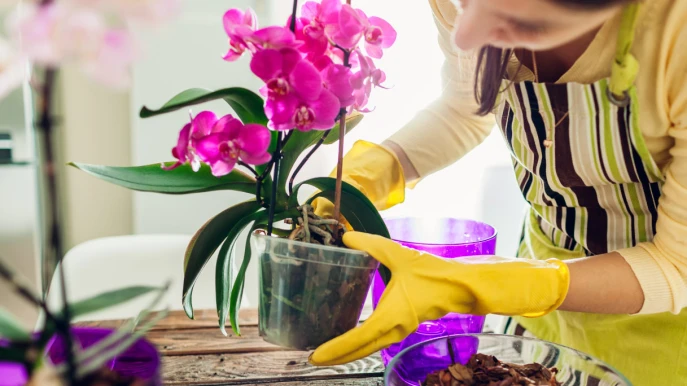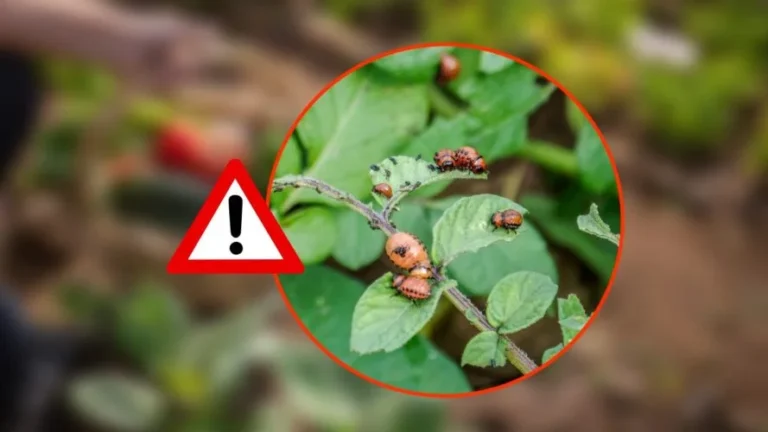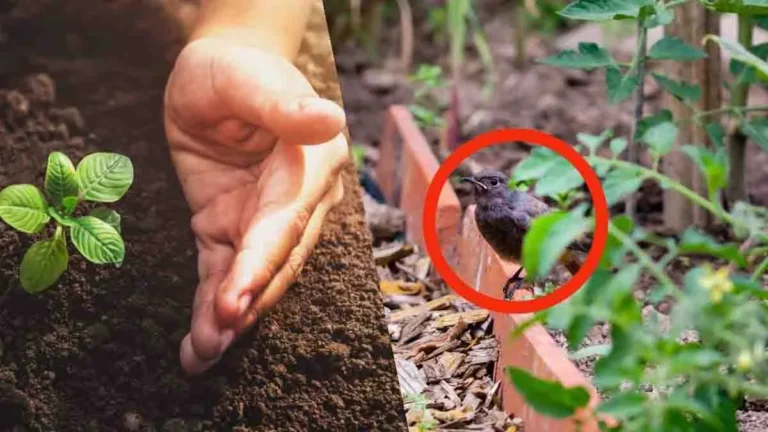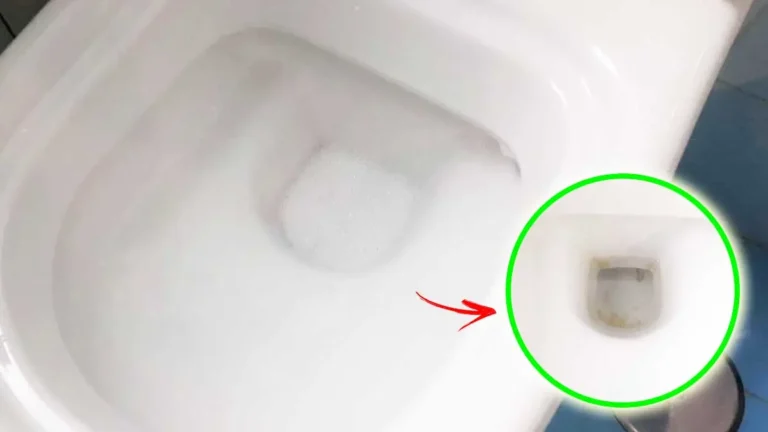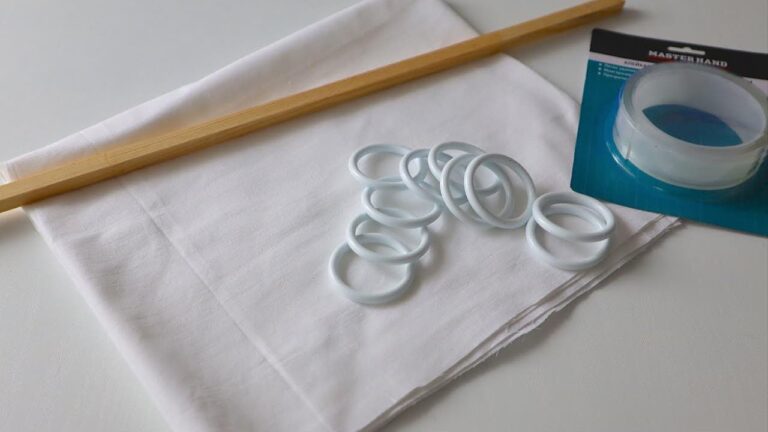How to water orchids: the milk trick is brilliant
Too much water or too little? Watering orchids can become a dilemma. Therefore, it is absolutely necessary to know how to act, not only to have constant flowering , but to keep the plant healthy . There are also tricks that can help you with care, which must be correct so that the delicacy of the vase is protected. Let’s discover together how to have beautiful flowers with little effort.
How to give milk to orchids
Milk, yes. You read that right. This very particular ingredient helps to clean the orchid leaves , which is why it works as an adjuvant in irrigation . Preparing the right solution for this operation is very simple. Just mix a spoonful of water with a spoonful of milk and apply gently to the sheets using a cotton pad or make-up remover pad. It can be used to remove dust, which often hides at the ends of the plant, in addition to eliminating limescale residues , the result of water droplets that evaporate and are not previously dried with a soft cloth.
Excess water , in fact, can also cause problems for the leaves and encourage the proliferation of fungal infections. Milk also helps to eliminate spores that can compromise – even if quickly – the health of the plant. Milk helps to clean the leaf , make it healthy, but also polish it. Even the eye wants its share, you’ll think, and that’s also the case with orchids. White, colorful, mottled: having flowers every year is certainly the goal of those who love Orchidaceae and, therefore, take care of them.
How to water correctly
Let’s go back to the main menu, the one where the correct watering for your orchids appears – at the top of the list. It’s not easy, of course, especially since they don’t grow in traditional pots and therefore you can’t predict the behavior of the water. For them, a mixture of peat, bark and other inert materials is in fact necessary . The objective of irrigation is, therefore, to provide moisture to the peat and bark, which retain it with some ease.
First care: orchids are not watered from above. You need to gently dip a vase into a sink or basin filled with water. The liquid level should not exceed half of the jug . Be very careful not to let the shell come off . The immersion should not be too short or too long: the peat must indeed be impregnated, but you must avoid stagnant water. 20 minutes might be good, but before putting the pan back on the saucer, let it drain really well, even if just for half an hour.
The need for water changes according to the seasons and, above all, varies with the evolution of temperatures . Once a week may be sufficient in spring, while in summer you need to repeat the operation – at least two or three times – depending on the heat. Go back to once a week in the fall and every 10 days in the winter. Keep in mind that your orchid is giving us signs of a lack of water . The substrate must not be dry, while the roots must be green . If they tend towards silver, then they are thirsty.
What water to use
To water the orchid correctly, it is important to choose the right water . As you may have noticed, this plant does not like limestone. And no, not even chlorine . The use of mains water is therefore not recommended, and it is preferable to use rainwater or demineralized water, the same water used to fill the iron boiler.
The same water can be used to mist the leaves , gently, and if this is not available, you can fill a watering can and let the water from the net settle so that the limestone settles at the bottom. Pay close attention to the water temperature , which should not be too cold. At 15°C, in fact, the orchid begins to lose its flowers. Try using it at room temperature. In winter, you can dilute it for a few seconds by putting it in the microwave .
How to spray the leaves
For orchids, it is important that the environment that welcomes them is humid. Our homes, on the other hand, have dry air , especially when they are heated or cooled by heating and air conditioning systems. Therefore, it is necessary that the ideal environment is recreated for them, through correct misting of the leaves. This procedure can be done all year round, but be careful with the flowers as they should not receive any liquid residue.
If the room is really very dry, you can try a room humidifier . Unlike other houseplants, it is preferable to spray the leaves early in the morning. The sun’s heat is in fact capable of evaporating excess water in the leaves, so as to prevent the appearance of spores .
How to adapt irrigation to the soil
Proper watering of your orchid largely depends on the soil you use . If it is made up of bark and sphagnum moss, we can also try traditional watering , as long as you let the pot drain before placing it on the saucer. In the case of cultivation only in bark , you can irrigate from below according to the methods we suggest. The leaves can be gently moistened with the help of a spray bottle , remembering to dry off excess water.
Fertilization and flowering
The orchid is a plant that needs care in several aspects. In fact, fertilizer is essential for its correct growth and to obtain abundant and long-lasting flowering. Therefore, it is very important to choose the right one, among the countless proposals, which differ not only in the formulation – not all of which are suitable for all varieties of Orchidaceae – but also in the administration . The indications must be shown on the label , otherwise you can consult your trusted dealer. The plant must be fertilized all year round.
Flowering is expected twice a year, once in spring and once in fall. This phase lasts many months, so you can count on a scenic plan for some time. Remember that flowers should never be wet. After the last flower has fallen , you can decide whether you want to keep the stems or cut them off. In the first case, the flowers will bloom again on the same stems, but they will be smaller. If, on the other hand, you choose to eliminate them, the plant will move towards producing new stems, from which the new season’s offspring will be born.
